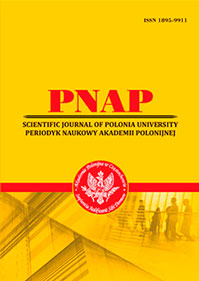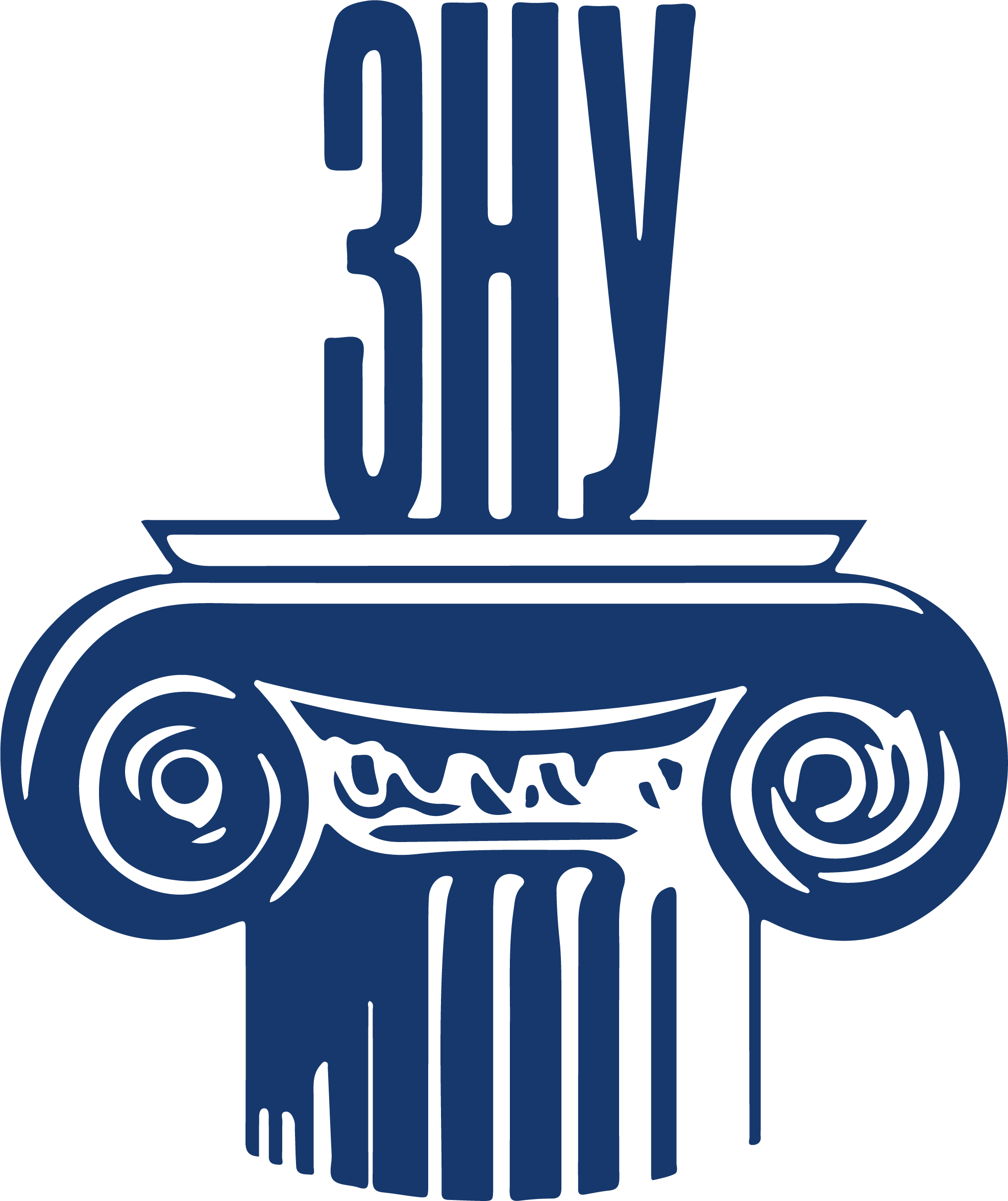FUNCTIONAL-SEMANTIC FEATURES OF COLOR NAMES IN FRENCH SONGS OF THE SECOND HALF OF THE 20TH CENTURY
Abstract
The article attempts to consider the song discourse from the point of view of expressing in it the symbolic world of man. The basic is opinion that a song is a special way of expressing culture, it is not only a certain aesthetic, emotional and moral interpretation of the multidimensionality of the surrounding reality, but also a means of artistic expression of a person’s inner world. The basis for creating imagery in the text of songs is the use of symbols formed on the basis of national and cultural traditions, which include linguistic units for the designation of color. The main object of the work is a detailed study of the color names used in French lyrical songs of the second half of the 20th century, from a functional-semantic point of view. The main tasks are the analysis of the functional and semantic features of song discourse from a linguistic and cultural point of view, the implementation of a detailed analysis of the use of color names in French lyrical songs of the second half of the 20th century, through the prism of their expression of denotative and connotative meaning. The research material was six French adjectives for the color bleu, blanc, gris, noir, rose and rouge, used in French lyrical songs of the second half of the 20th century. A detailed study of the color names showed that all of them function with both a direct and a figurative meaning, expressing a positive and/or negative attitude towards the object of the nomination. The positive connotation is expressed mainly by such units as bleu, blanc, rose, rouge, while the negative one is conveyed by the adjectives gris and noir. Predominance of positive connotation indicates the general positive psycho-emotional state, positive feelings and emotions of the author of the song and the artist who chose it. Taking into account the close connection between language and thinking, the study of song material allows us to establish the images that appear in the minds of representatives of the French-speaking society, the specifics of their perception and attitude to the environment, various aspects of life, the peculiarities of the national vision of reality, the figurative understanding of the "picture of the world".
References
2. Нікульшина Т.М. Колірна картина ірреального світу (на матеріалі англійської та української мови). Філологія XXI століття: теорія, практика, перспективи : матеріали Міжнародної науково-практичної Інтернет-конференції. Одеса : Фенікс, 2012. C. 66–68.
3. Струганец Л.В. Культура мови. Словник термінів. Тернопіль : Навчальна книга Богдан, 2000. 88 с.
4. Дуняшева Л. Концепт «свобода» в афроамериканском песенном дискурсе. Ученые записки Казанского университета. Серия «Гуманитарные науки». Казань, 2011. Т. 153. С. 158–167.
5. Плотницкий Ю.Е. Пространство англоязычного песенного дискурса. Язык в пространстве и времени : тезисы и материалы международной научной конференции. Самара, 2002. Ч 1. С. 182–185.
6. Кузнецова М.О., Ходус А.М. Англомовний пісенний дискурс у контексті лінгвокультури (на матеріалі поппісень ХХІ століття). Науковий вісник Міжнародного гуманітарного університету. Серія «Філологія». 2017. № 29. Т. 2. С. 53–56. URL: http://vestnik-philology.mgu.od.ua
7. Дуняшева Л.Г. Песенный дискурс как объект изучения лингвокультурологии. Актуальные проблемы романских языков и современные методики их преподавания : материалы Международной научно-практической конференции. Казань, 2015. С. 190–197.
8. Шевченко О.В. Тематическое своеобразие песенных текстов как способ реализации функций жанров песенного дискурса. Известия Российского гос. пед. ун-та им. А.И. Герцена. Санкт-Петербург, 2009. № 115. С. 242–249.
9. Маслова В. Лингвокультурология. Москва : Издательский центр «Академия», 2001. 208 с.
10. Thomas D. 1001 symbols. URL: https://1001symboles.net
 ISSN
ISSN 


.png)




